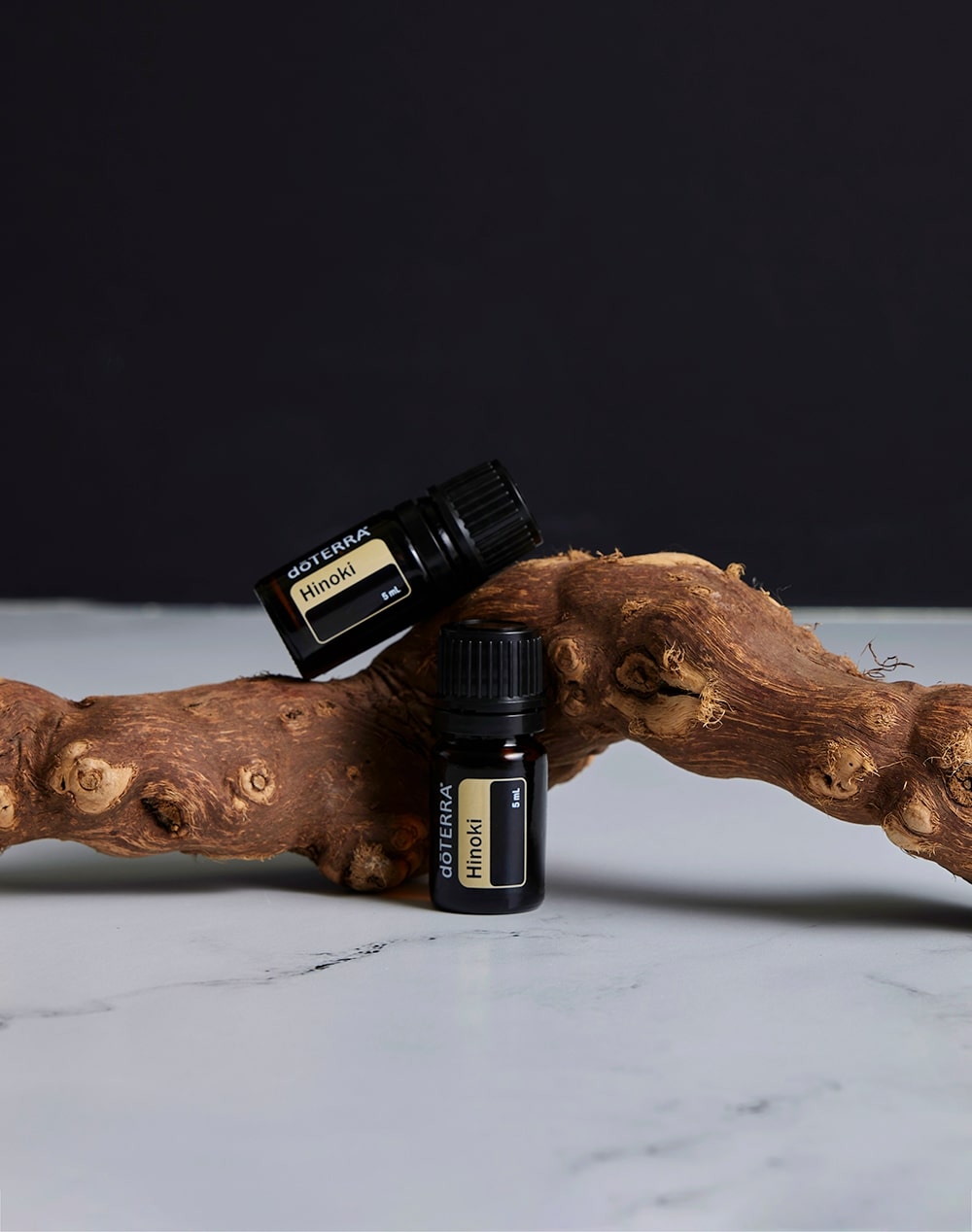CPTG - Quality Control
doTERRA Pure Essential Oils with CPTG Quality Testing
Are dōTERRA® essential oils organic?
This is the most frequently asked question.
Yes, dōTERRA® Oils are not organic... They are more than that!
A product may be organic, but it may not be pure.
dōTERRA® Oils are not only 100% organic, they are also 100% pure, as all batches are screened, controlled, so that only oils that contain only the desired extracts of the plant from which they come are sold.
This is why the dōTERRA® brand is a world leader.
Yes, our products are 100% organic, which for us could not be otherwise, and 100% pure, which is our real pride.
This is the most frequently asked question.
Yes, dōTERRA® Oils are not organic... They are more than that!
A product may be organic, but it may not be pure.
dōTERRA® Oils are not only 100% organic, they are also 100% pure, as all batches are screened, controlled, so that only oils that contain only the desired extracts of the plant from which they come are sold.
This is why the dōTERRA® brand is a world leader.
Yes, our products are 100% organic, which for us could not be otherwise, and 100% pure, which is our real pride.
_________________________________________________
CPTG Quality Test
The purity of an essential oil is its most important characteristic. An essential oil that is not pure means you run the risk of introducing germs, heavy metals, or adulterants into your body, which can cause irritation, adverse reactions, or even illness. doTERRA has created its own testing process, called CPTG Certified Pure Tested Grade ®. The CPTG process certifies that there are no fillers, synthetic ingredients, or harmful contaminants in your essential oils that reduce their potency and purity. doTERRA goes one step further by putting all of your products and packaging through a battery of tests to ensure a long shelf life. This protocol, which includes 34 tests, ensures purity and consistency from batch to batch.
__________________________________________________
Before launching the CPTG process
Proper growing, harvesting, and distillation methods are also crucial to maintaining purity. Poor production practices and the development of synthetic variations of essential oils mean that it is impossible to accurately identify a pure essential oil without scientific analysis. Properly analyzing the components of an essential oil is one of the most difficult and detailed aspects of quality assurance.
Knowing which of the many different species of a given plant will provide the most profound therapeutic health benefits is the first step toward producing the highest quality essential oil. Drawing on the expertise of botanists, chemists, and wellness professionals, botanical materials are carefully selected for their natural concentrations of active aromatic compounds.
Nurturing plants in the most favorable environment and carefully harvesting and transporting plant material for processing ensures optimal yields of pure, potent essential oils. Spanning continents across the globe, doTERRA’s unique network of growers and harvesters specialize in cultivating plants specific to the essential oil industry.
________________________________________________
The CPTG process
CPTG testing begins immediately after distillation and each oil is reviewed for its chemical composition. A second round of testing is done in our production facility to ensure that what was distilled and tested is the same essential oil that was received. A third review of the oil chemistry is done in three stages as the oils are packaged into bottles that we use as consumers. Each of these tests confirms that the essential oil is free of contaminants and unexpected changes during production.
The quality protocol consists of 34 tests, of which the following stand out:
• Organoleptic tests
• Microbial test
• Gas chromatography
• Mass spectrometry
• Fourier transform infrared spectroscopy (FTIR)
• Virility test
• Isotopic analysis
• Heavy metal tests
• Microbial test
• Gas chromatography
• Mass spectrometry
• Fourier transform infrared spectroscopy (FTIR)
• Virility test
• Isotopic analysis
• Heavy metal tests
Historically, gas chromatography was sufficient to identify the individual components of an essential oil. However, as more sophisticated methods for developing synthetic essential oil products were developed, additional validation methods were required. Over time, additional testing methods such as mass spectroscopy, chiral analysis, FTIR analysis, carbon isotope analysis, and others were developed to more accurately identify each individual component of essential oils.
_________________________________________________
Organoleptic tests
Organoleptic testing involves the use of the human senses – sight, smell, taste and touch. For expert distillers, the senses are used at the forefront of quality testing to provide immediate clues about the acceptability of a product. An oil that has an unusual odor, irregular consistency or strange color instantly informs the distiller that something is wrong. This test is often used as a preliminary quality control step before any other testing.
________________________________________________
Microbial test
Microbial testing involves analyzing a batch of essential oils for the presence of biohazardous microorganisms such as fungi, bacteria, viruses, and mycoses. The process involves designing a sample and then adding that sample to a sterile growth medium on a closed plate or tray. The sample is incubated for a period of time and then observed for microbial growth. This test is performed on incoming product and finished products prior to distribution to ensure that the product has not been contaminated during the filling process.

Gas chromatography and mass spectrometry (GC/MS) analysis
In gas chromatography, an essential oil is vaporized and passed through a long column to separate the oil into its various components. Each component passes through the column at a different rate, depending on its molecular weight and chemical properties, and is measured as it leaves the column. Using this testing method, quality control analysts can determine which compounds are present in a test sample.
Mass spectrometry is used in conjunction with gas chromatography to determine the composition of an essential oil. In mass spectrometry, the constituents previously separated by GC are ionized and passed through a series of magnetic fields. Using the molecular mass and charge, the amount of each constituent can be identified, providing additional information about the potency of the essential oil.

Fourier transform infrared spectroscopy
Fourier Transform Infrared Spectroscopy (FTIR) is performed to ensure the consistent potency and quality of an essential oil batch. This testing method identifies the structural components of essential oil compounds. In an FTIR scan, infrared light of different frequencies is shined through an essential oil sample and the amount of light absorbed by the sample is measured. The quality of the sample is determined by comparing the results of an FTIR reading with a historical database of high-quality sample absorption patterns.
Fourier Transform Infrared Spectroscopy (FTIR) is performed to ensure the consistent potency and quality of an essential oil batch. This testing method identifies the structural components of essential oil compounds. In an FTIR scan, infrared light of different frequencies is shined through an essential oil sample and the amount of light absorbed by the sample is measured. The quality of the sample is determined by comparing the results of an FTIR reading with a historical database of high-quality sample absorption patterns.

Chirality test
Chirality, a word derived from the Greek word for hand, is a term used to describe the 3D orientation of a molecule. Just as you have two hands, chiral molecules come in two distinct forms, such as right or left. You can visualize this principle by looking at your hands; when placed side by side, they are mirror images of each other. However, when placed on top of each other, no matter how you turn them, it is not possible to make them line up exactly. In molecules, each "hand" has different chemical properties, which affects their physiological interactions in the body. A hand is produced primarily in nature. However, in a laboratory setting, the ratio of right to left molecules is always 50/50, due to their structural similarities. The proportion of right to left hand constituents can be determined using a special type of gas chromatography. Although not commonly performed on a lot-by-lot basis, this test method is used to ensure that no synthetic elements are present.

Isotopic analysis
Matter is made up of small chemical building blocks called elements. While there are dozens of elements, each one is distinct because of the protons it contains. Sometimes an element can exist in multiple stable forms if it has more or fewer neutrons. When this happens, the elements are called isotopes. The element carbon exists in two stable isotopes, carbon-12 (6 protons and 6 neutrons) and carbon-13 (6 protons and 7 neutrons). Since essential oils are organic compounds, they are primarily composed of carbon atoms and will have a certain proportion of carbon-12 to carbon-13 isotopes. This proportion varies depending on where you are in the world.
Using a special type of mass spectroscopy, it is possible to determine which isotopes are present in an essential oil constituent and in what quantities. If they come from the same place, all constituents in an essential oil should have the same proportion of isotopes. If a particular constituent has a different isotope profile than the other constituents, the quality control analyst will know that the oil contains an adulterant.
Tests on heavy metals
The heavy metals test indicates the amount of heavy metals in the essential oil. When properly distilled, essential oils should be free of heavy metals. The ICP-MS test uses a high-energy medium called inductively coupled plasma (ICP) to ionize the sample. The sample is then passed through a mass spectroscope, which separates it into its elemental parts and gives a reading on which elements are present and in what quantities.



